Proven Deer Repellant from the Kitchen!
Our daughter and son-on-in-law live in a lovely Pittsburgh neighborhood that’s PLAGUED with deer devouring their property. We have the same thing going on where we live. Come to find out, this is a common problem all over the country (maybe not in downtown Portland, OR, but you know what I mean).
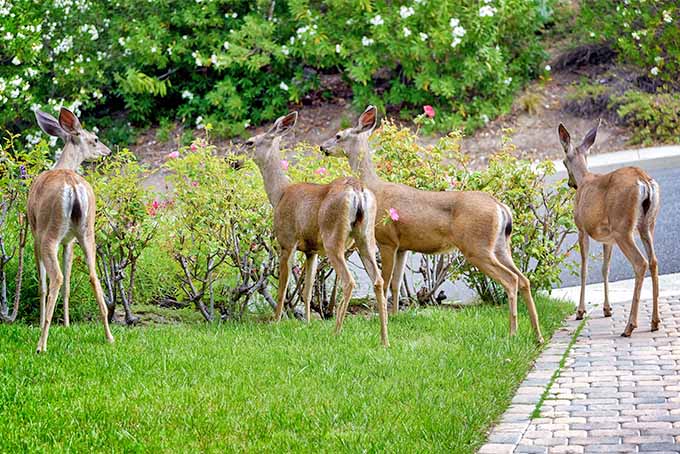
Last year I tried an expensive so-called deer deterrent from Home Depot. With no good results. It was still open season on the Osborne greenery. And my husband kept complaining that the landscape smelled like poop.
Now, at the risk of offending those of our readers that side with the deer (“They were there first, you know!”), I’ll say this: I know that. And I know they’re beautiful and graceful creatures. It’s not that I want to kill them; I just don’t want them killing our plants.
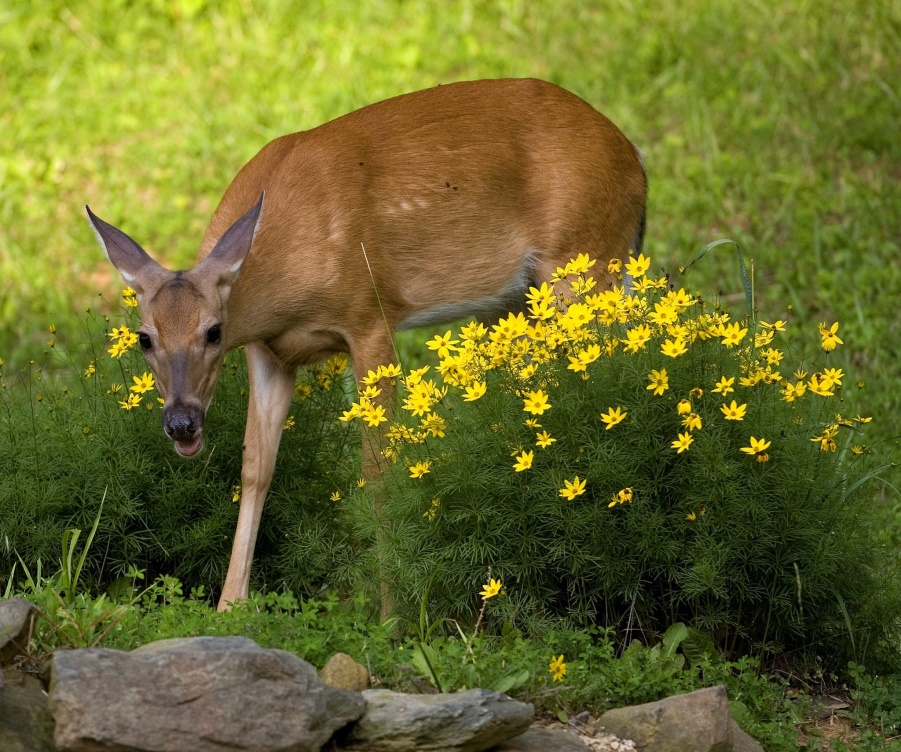
That said then, I’m going to proceed with a proven deer deterrent home recipe. Those of you who can relate and sympathize with our deer and landscape issues might appreciate this.
And the reason a gardening topic is being addressed in a cooking newsletter is because this stuff is made from 2 things found in any kitchen plus a couple other items you may also have on hand. The timing is good, too. Spring is just around the corner, so let’s use this spot of cold weather to prepare a few batches so we’re ready to protect the new growth sure to come.
First a little plant information: Better quality deterrents are water-resistant. Achieving this requires adding a surfactant, sometimes called spreader/sticker. This helps the repellent spread over the surface of the leaf, and hold up better under moisture from sprinklers and rain. If there’s no sticker – your repellent melts away readily anytime water hits the leaves. Even heavy dew and fog can cause it to dilute and slide off.
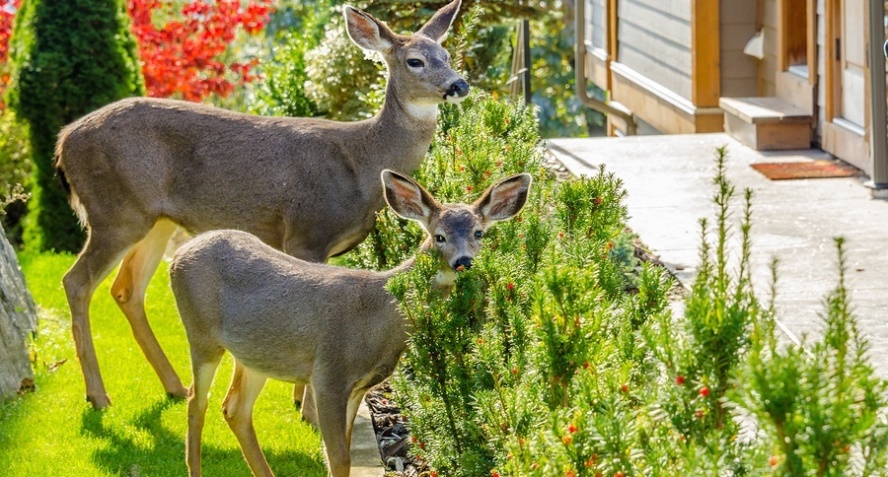
Many homemade deer repellent recipes suggest adding milk, dish soap, or vegetable oil. Dish soap helps the droplets from your sprayer spread across leaf surfaces better. It’s also great added to weed killer spray tanks for the same reason. However, just as dried dish soap in your kitchen sink instantly melts when you add water, it’ll disappear when rain or irrigation water hits it. So, it’s never going to help make your deer spray water resistant. And milk will leave a white film on your foliage.
Vegetable oil is very heavy, kind of like motor oil, so not the best choice. What you need is more like a lighter spray lubricant. But this is difficult to keep it mixed well in your spray tank (consider how hard it is to keep vinegar and oil dressing from separating, for instance).
Just putting it in the mixture isn’t helping anything. It needs to stay in-solution for a deer spray that actually protects your plants. If it separates during application, your active ingredients will be in some spots and the sticker in others. And lastly, vegetable oil won’t dry quickly, which you need the oil in your mix to do.
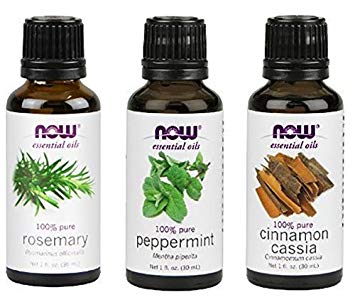
So the bottom line? It’s best to use lighter weight plant extraction oils (aka essential oils) like those from the very plants that deer rarely eat. Deer don’t like mint, rosemary, cinnamon and clove. All are pungent plants that work to disguise the protected plant’s natural smell, they taste nasty to deer, and they make the diluted egg stick better.
Finally, there’s the garlic that is part of the active ingredients in many commercial deer repellents. But you really don’t need it. Studies show that without resorting to toxic chemicals, the most effective deer repellent is actually rotten eggs. And if mixed with pleasant smelling stuff and diluted, it’ll do its job without repelling the homeowner. (No more “This yard smells like poop!” complaints.)
What follows is a proven recipe I found on a very helpful site, Out Out Deer! (www.outoutdeer.com), and makes 7 pints of spray. Need more than a gallon per application? Double or triple the batch, if you’ve got a container that will hold several gallons. If all you have is 1-gallon jugs, just mix a separate bowl of the ingredients for each one. (Note: this recipe is similar to the commercial product, Deer Stopper).
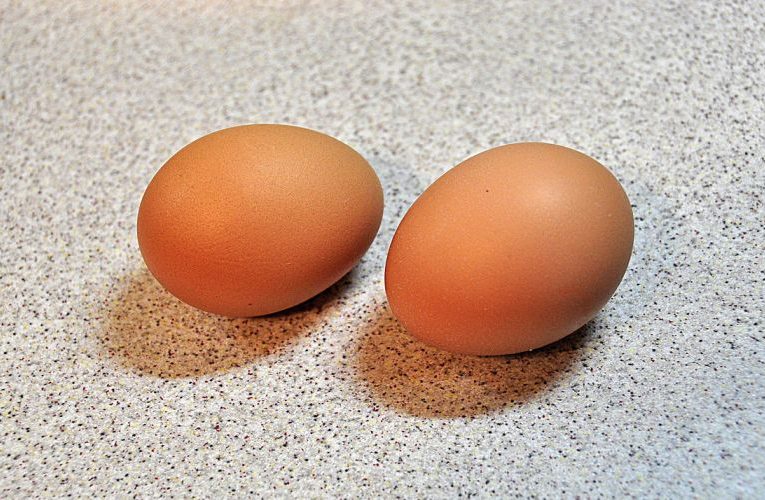
HOMEMADE DEER REPELLENT
2 large eggs
1 ½ cups water
1 ½ teaspoons rosemary essential oil
1 teaspoon peppermint essential oil
In a small to medium sized mixing bowl add all ingredients. Whisk by hand or with electric mixer until thoroughly blended.
Slowly pour mixture through a sieve into another bowl or large measuring cup. You want to make sure that no egg membrane strings remain. They will clog up your sprayer.
Pour strained mixture into a well-washed gallon milk jug.
Put the cap on, and place the jug in the sun to brew for 3-4 days.
Once your sun-brewed putrescent eggs are ready, you can dilute to spray. It might be a bit smelly when the cap comes off, but not for long. Add 6 pints of water. Cap it again, and shake to blend. Put it in your sprayer and apply to plants.
Mist-spray all levels to thoroughly wet the surface. Be sure that it will have 2-3 hours to thoroughly dry before rainfall, sprinklers activating, or dew-fall. This application should last at least 2 weeks, perhaps more. However, during spring and early summer, new growth is coming on quickly and needs further protection. Therefore, plan to re-spray every 10 days or so – just like you should with any deer repellent. Do not apply to fruits and vegetables.
If you must have capsaicin to rest easy, by all means, toss in a couple tablespoons of Tabasco sauce or one tablespoon of red habenero hot sauce. And to keep the element of surprise, vary the lesser amount of essential oil in each batch. Start out with the mint, but switch that 1 teaspoon in the next batch to clove oil or cinnamon oil. Then go back to the peppermint oil on the next go round. But don’t swap out the rosemary oil.
- www.gardenerspath.com
- www.heeman.ca
- www.wideopenspaces.com
- www.amazon.com
- www.outoutdeer.com
 Alice Osborne
Alice Osborne
Weekly Newsletter Contributor since 2006
Email the author! alice@dvo.com
